What are the precautions during the operation of the crane?
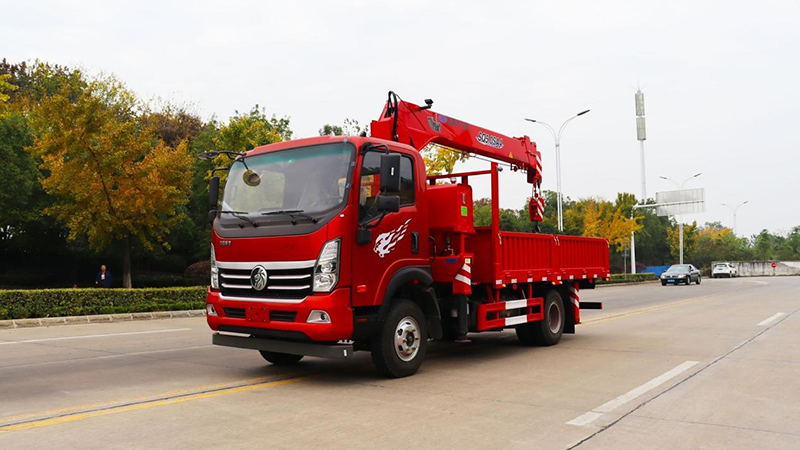
As a special vehicle, the complexity of the on-board crane leads to frequent safety accidents. Operators must undergo safety training and receive guidance from the manufacturer before they can take up their posts. In general, the user manual provided by the manufacturer of the crane is a necessary document for the crane operator to operate the equipment. Before operating the machine, it is necessary to read the maintenance manual of the crane and operate and maintain it according to the requirements of the manual.
At the beginning of use, operators should pay attention to regularly checking the coolant, lubricating oil, brake fluid, hydraulic oil, fuel level and quality, and check the sealing of the entire vehicle. The requirements for the use and maintenance of the crane during the running in period can be summarized as: reducing load, strengthening lubrication, enhancing training, and paying attention to inspection. As long as the operators pay attention to these maintenance strategies and maintain the running in period of the crane according to the manufacturer's requirements, it will reduce the occurrence of early failures of the crane, extend its service life, improve operational efficiency, and bring you maximum benefits from the crane. At the same time, the lubrication of each lubrication point of the crane should be strengthened. It is recommended to add lubricating grease to each lubrication point during the running in period, except for special requirements.
The "Ten No Lifting" Principle for Truck Mounted Cranes
1. Do not lift the crane when the command signal is unclear.
2. When the working area of the crane is dim and it is impossible to see the site, the lifted object, and the command signal clearly, do not lift.
3. Do not lift when the crane is overloaded or the weight of the lifted object is unknown.
4. When the crane is not securely tied, hung or balanced, it may cause the object to slide and not be lifted.
5. Do not lift when there are people or floating objects on the lifted object of the crane.
6. Do not lift when there are defects or damages to the structure or components of the crane that affect safe operation.
7. When the crane encounters buried objects with unclear tension, do not lift them.
8. Do not lift heavy objects when the crane is skewed or inclined.
9. Do not lift heavy objects without padding between the edges and corners of the crane and the tied steel wire rope.
10. Do not lift the steel (iron) water packaging when it is too full.
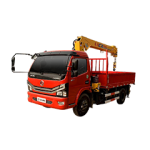
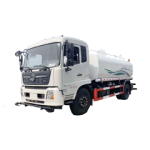
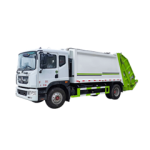

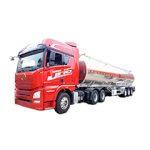
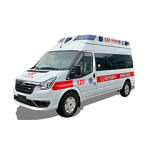
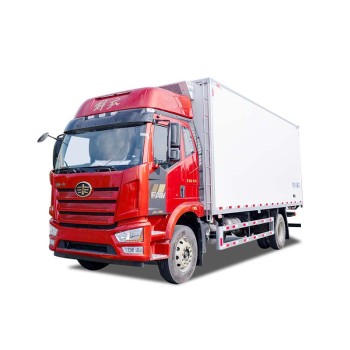
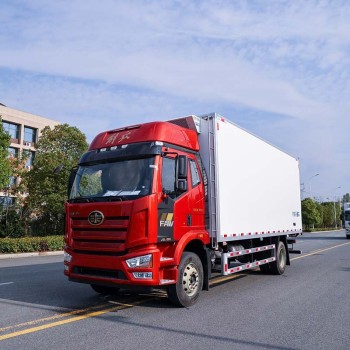
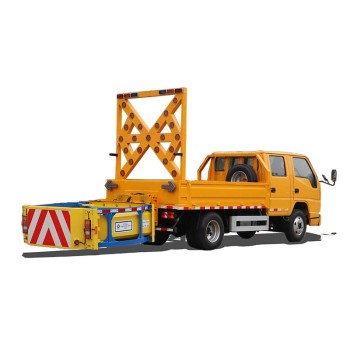
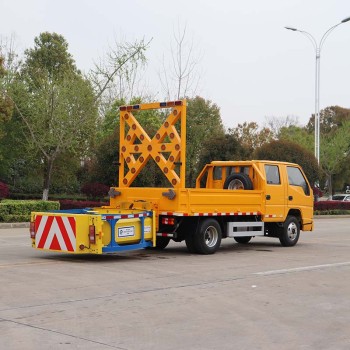
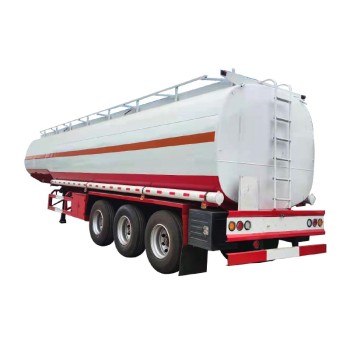
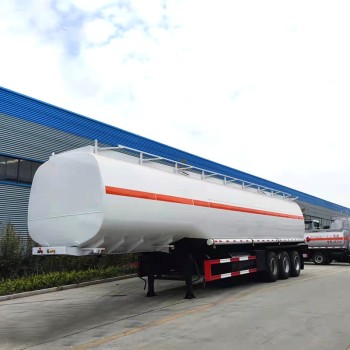
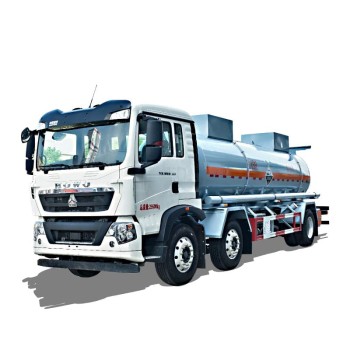
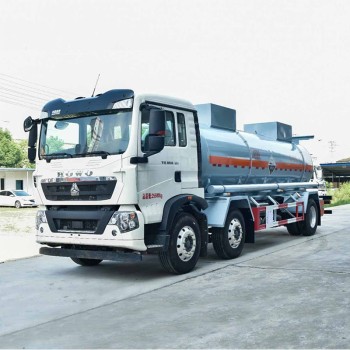
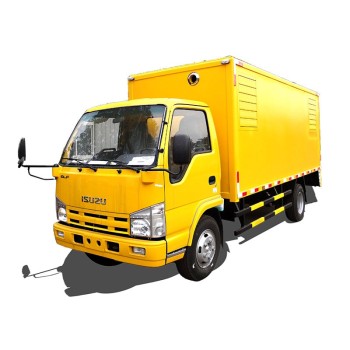
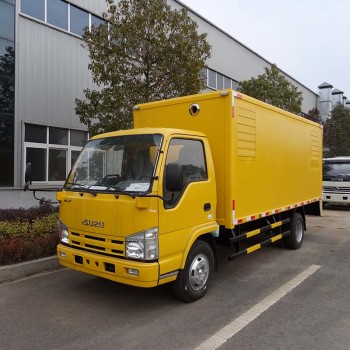
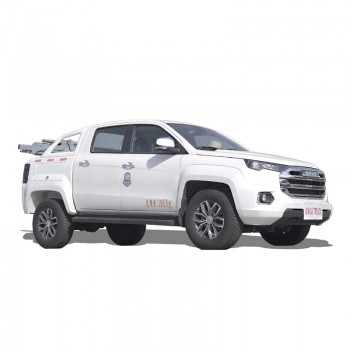

Leave a Comment